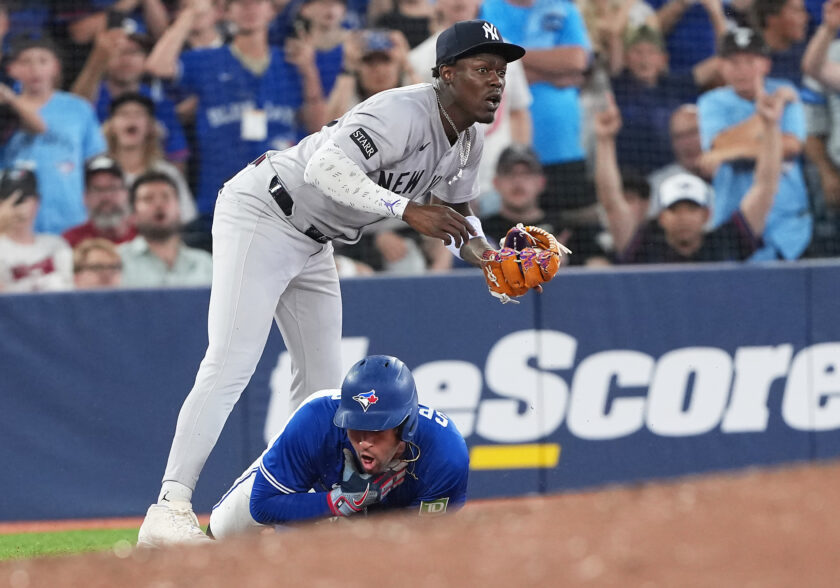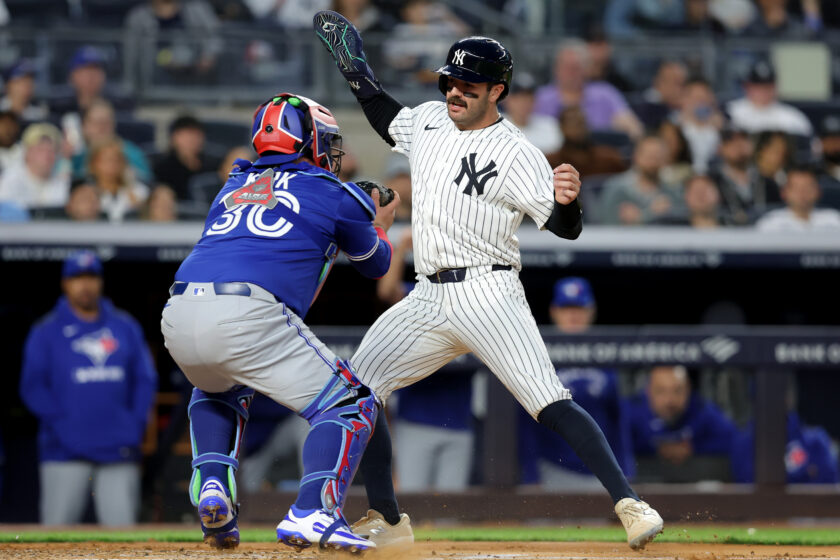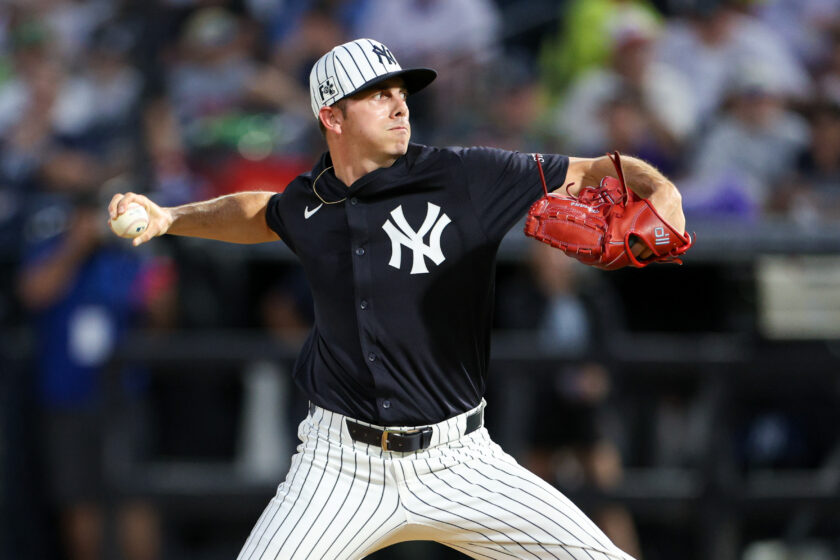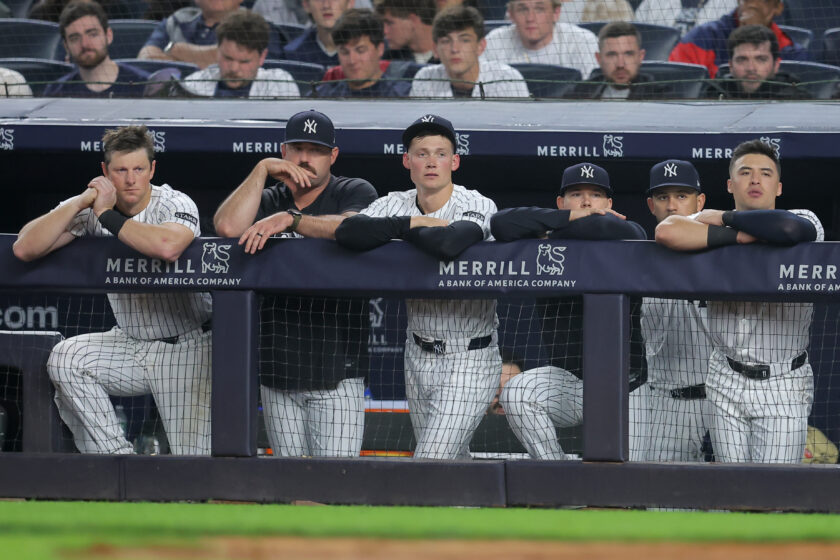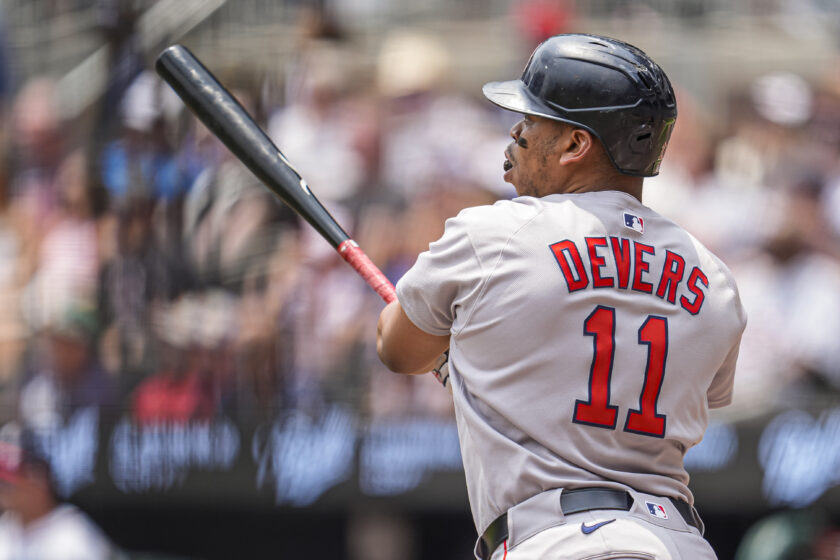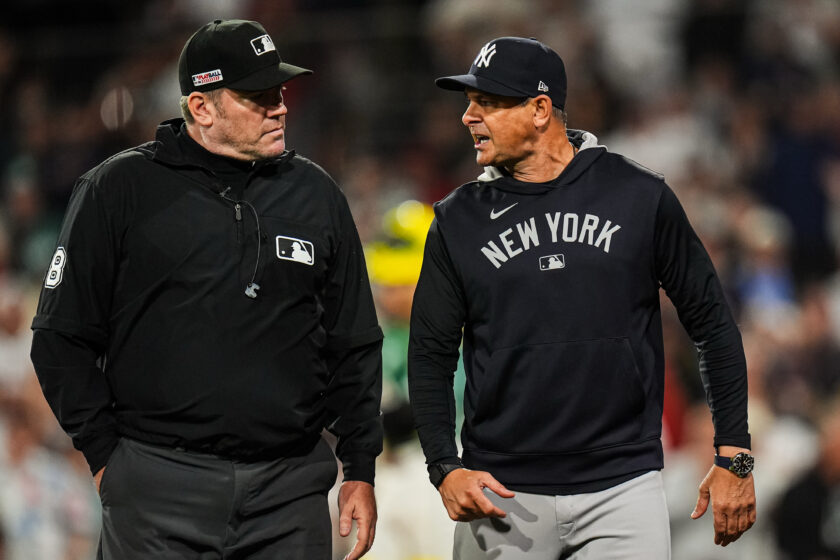New York Yankees should avoid extending James Paxton next offseason
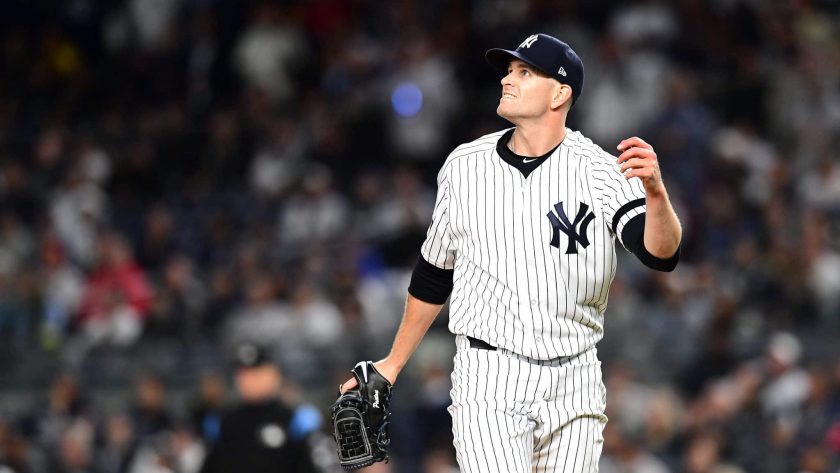
While it’s been just over a year since the New York Yankees acquired James Paxton, the 2020 campaign should be his last in the Bronx.
[sc name=”thomas-hall-banner” ]Before spring training was officially canceled, the New York Yankees announced that James Paxton would likely miss at least the first two months of the regular season.
With the 31-year-old hurler recovering from offseason back surgery, the start of his 2020 campaign was likely destined to be delayed until May at the earliest.
As a result of the COVID-19 pandemic, Opening Day has been pushed back and Major League Baseball could resume their operations sometime this summer. If and when baseball returns, Paxton should be healthy and ready for the start of the season.
For the 6-foot-4 lefty, he’s slated to become a free agent next winter and he could earn a significant raise from his $12.5 million salary for this season. Although, the Yankees should avoid handing the veteran hurler a lucrative deal after the 2020 campaign.
In today’s era, it’s become very common for players to start losing value once they cross the age-30 threshold. With Paxton, he’s set to enter his age-31 season and he’s also struggled to stay healthy throughout his seven seasons in the majors.
Since the 2014 campaign, the Canadian hurler has been placed on the injured list eight different times. While the left-hander was placed on the IL just once last season, he battled through lat, forearm, and glute problems in 2019.
If this season had started on time, then Paxton would’ve required his ninth IL stint since his first full season in the majors. While he’s expected to be fully recovered once this crisis passes, he’ll likely remain an injury risk throughout the 2020 campaign.
Along with Paxton’s injury concerns, he struggled to replicate his impressive results during his first season as a Yankee, recording his worst performance since 2015.
In total, the former fourth-round selection produced his highest ERA (3.82), FIP (3.86), xFIP (4.03) and walk rate (8.7%) since the 2015 campaign. In addition, No. 65 also generated a career-worst 42.6% FB rate and a 37.9% hard-hit rate over his 150.2 innings pitched.
Based on these concerning results, the Yankees would be foolish to outbid other teams to retain Paxton after this season. Furthermore, he’s gradually become less effective with three of his four pitches over the last two seasons.
Starting with his primary pitch, the University of Kentucky product has relied heavily on his mid-90s fastball throughout his entire career. In 2017, his best season, the towering lefty’s heater was utilized 65.5% of the time and it created a measly 2.9% barrel rate, 31.8% hard-hit rate along with a 7.7% walk rate.
Since the 2018 campaign, Paxton’s four-seamer has been tagged for a combined 31 home runs and his usage of it has decreased by 5.6% as well. In addition, his fastball has allowed an 8.7% barrel rate, 42.4% hard-hit rate, and a 10.6% walk rate over the past two seasons.
While the velocity on his fastball hasn’t changed, the location of it has prevented “The Big Maple” from replicating its success from the 2017 season.
During the 2017 campaign, Paxton’s heater averaged just 12.3 inches of drop, ninth-best among all starters who threw at least 1,000 fastballs. However, his four-seamer’s average vertical movements have increased by 2.4 inches since 2018, making it an easier pitch to hit and create hard contact against.
Similar to his fastball, the hard-throwing lefty’s high-80s cutter has also been located lower in the strike zone over the last two seasons, and hitters have been able to create a ton of damage off it.
In comparison to Paxton’s 2017 performance, his cutting fastball’s average vertical movements have increased by 3.1 inches since 2018. As a result, his cutter has allowed a higher FB rate (13.1% increase), hard-hit rate (11.9% increase), barrel rate (8.3% increase), and its also surrendered a faster average exit velocity (6.2 MPH increase) over the past two seasons.
Despite these disappointing numbers, Paxton has increased the usage of his cutter by 9.3% since the 2018 campaign. If he doesn’t locate his cutting fastball higher in the strike zone this season, it’ll continue to surrender hard contact throughout the 2020 campaign.
As for Paxton’s low-80s curveball, it served as his primary strikeout pitch through his first five seasons in the majors. From 2013-2017, his breaking ball produced a 50.1% strikeout rate and a 41.2% whiff rate.
Over the last two seasons, his curveball has failed to replicate that same success and it has induced a lower strikeout (10.2% decrease) and whiff rate (3.6% decrease). In addition, it has also generated a higher walk rate (2.6% increase) as well.
Unlike Paxton’s cutter and fastball, his curveball’s vertical movements haven’t changed over the past two seasons. Although, it has seen a drop involving its horizontal movements since the 2018 campaign.
In 2017, the left-hander’s breaking ball averaged 7.7 inches of break and that number has decreased by 4.4 inches over the last two seasons. If this decline continues, then hitters will continue to lay off his curveball, making it a non-competitive pitch.
All these signs should make the Yankees nervous about what’s next for the former Mariner in 2020. At this stage of his career, it’d be very shocking to see the veteran hurler turn things around this season, but a new pitching coach might help him accomplish that feat.
Along with Paxton, Masahiro Tanaka is also set to enter the free-agent market after this season and there’s a very good chance that New York will decide to re-sign just one of these aging pitchers next winter.
While the Yankees were pleased with what Paxton was able to accomplish in 2019, it appears that his time as a front-line starter is coming to an end. So, letting him walk after this season would make a lot of sense for New York.

